What is The Day of the Dead?
Day of the Dead, or Día de los Muertos, is a Mexican holiday that has gained worldwide recognition, especially in recent years, thanks to films like Disney’s Coco, The Book of Life, and the James Bond film, Spectre. It is a public holiday in Mexico, and in 2008, the holiday was added to UNESCO’s list of Intangible Cultural Heritage of Humanity.
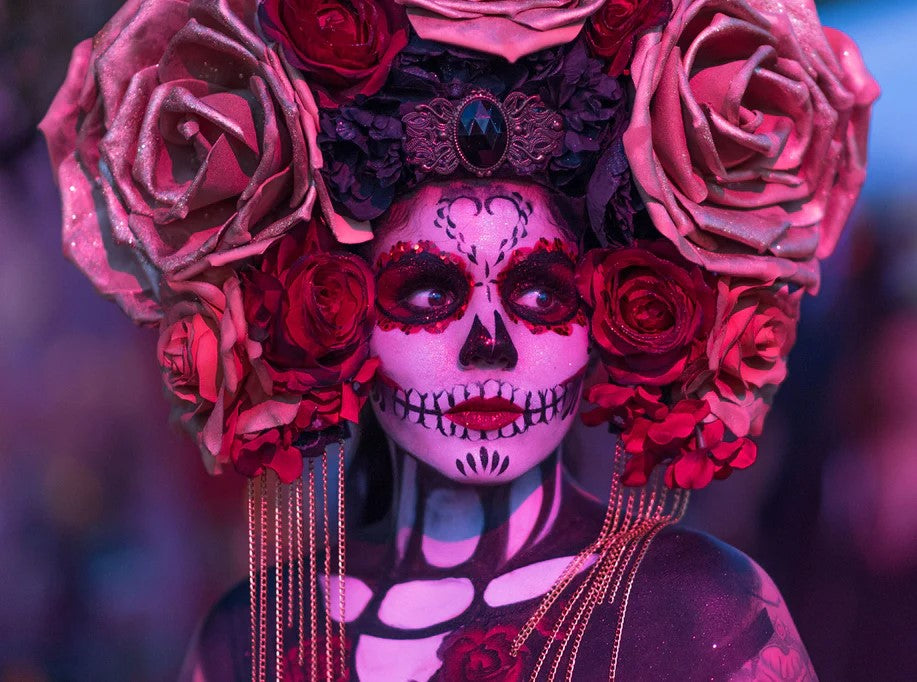
What is Day of The Dead?
Day of the Dead is a multi-day holiday and a time during which friends and family come together to celebrate and remember their loved ones who have passed on to the spirit world.
It is a holiday rich with history, mixing indigenous roots with a bit of a Catholic influence, resulting in a celebration that’s truly unique and one-of-a-kind, a fact that’s revealed by its multiple traditions. Of course, that’s the short version...
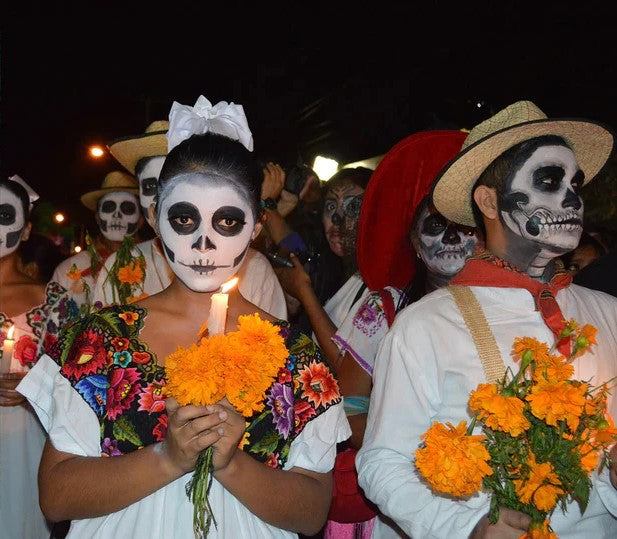
When is Day of the Dead?
The main day for Day of the Dead is November 2nd.
However the festivities are actually spread out over a couple of days.
On midnight of All Hallow’s Eve (October 31st), it is believed that the gates of Heaven open, allowing the spirits of children who have passed to visit with their living family members for the duration of November 1st (All Saint’s Day).
Then, on November 2nd, spirits of the deceased who died as adults are allowed to come down and spend quality time with their loved ones, as well as enjoy the offerings that have been laid out for them on their altars.
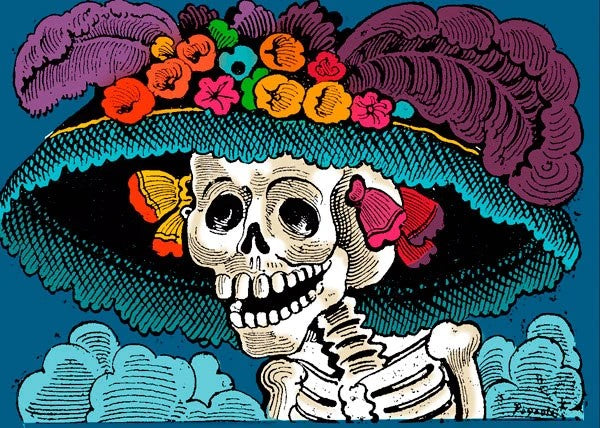
Is Day of the Dead a Sombre Event?
Though the holiday may be perceived to be sombre in nature, it’s actually anything but!
In Mexican culture, death is regarded as a natural part of the human cycle, something to appreciate and respect rather than fear.
And so, although festivities may vary depending on the region of Mexico in which Día de los Muertos is being celebrated, one thing certainly remains true - Day of the Dead celebrations are joyous and lively, full of colour and light.
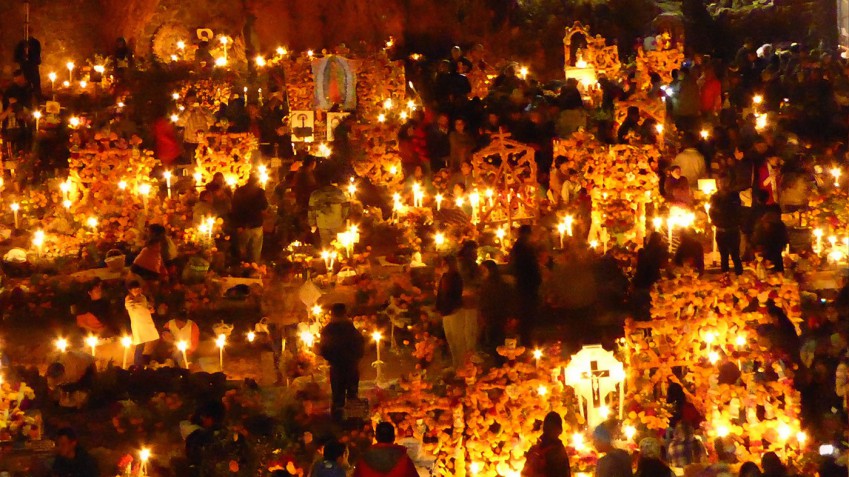
When Did Day of the Dead Start?
The Day of the Dead has a history rooted in the ancient traditions of the pre-Columbian cultures that last inhabited Mexico many centuries ago, from which the unique way in which Mexicans view death likely developed.
Rituals celebrating death among these cultures go as far back as three thousand years. Evidence in the holiday’s deeply embedded history, lies in some of today’s lasting traditions.
The most important tradition of all, shared by all regions of Mexico, is the creation altars in homes and cemeteries. The living make an altar for the spirits of the loved ones, upon which gifts and offerings are placed in order to guide them back to the Earthly realm for their annual visit.
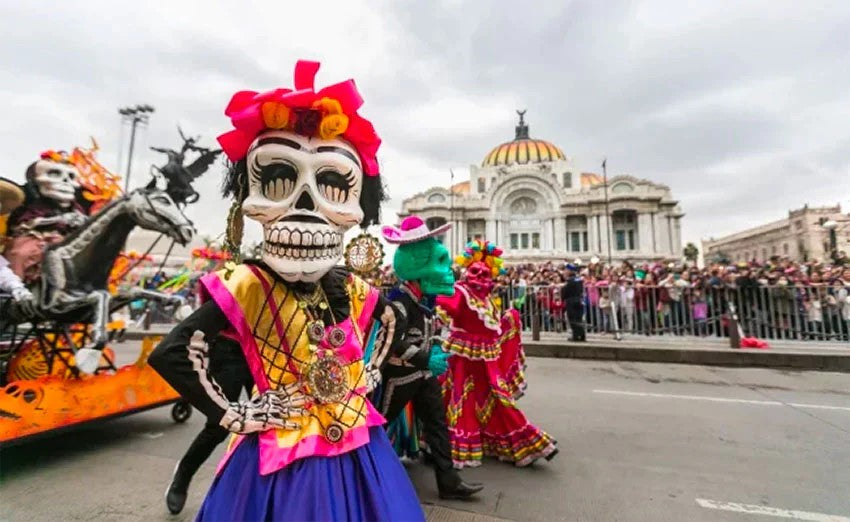
Regional Day of the Dead Traditions
This is a holiday that mixes a variety of unique traditions, which can differ from pueblo to pueblo. For example, the traditional festivities in the town of Janitzio, located on a small island on Lake Pátzcuaro, are legendary - candlelit boats flock to the island at midnight on November 2nd, a sight that is truly awe-inspiring. And they perform a duck hunt in Lake Pátzcuaro on the 31st October.
There are other specific traditions celebrated in regions all over Mexico like; bone cleaning in the Pomuch cemetery in Campeche, an ancient Mayan tradition. Special costumes and dances are performed in San Luis Potosí, Veracruz.
Some traditions that could be considered standard are the foods associated with this day, like the sugar-sprinkled pan de muerto roll, or the calaveras, tiny skulls molded out of sugar.
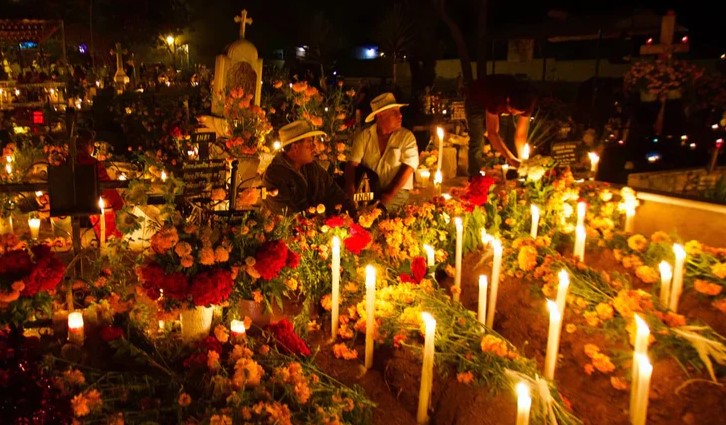
Day of the Dead Altars
There is no Day of the Dead celebration without the elaborate altars assembled for this occasion. The altar is the centerpiece of the Day of the Dead festivities in the family home.
Many towns host competitions to see whose altar is the most elaborate and creative.
Altars can be made for loved ones, or even for famous people who have died.
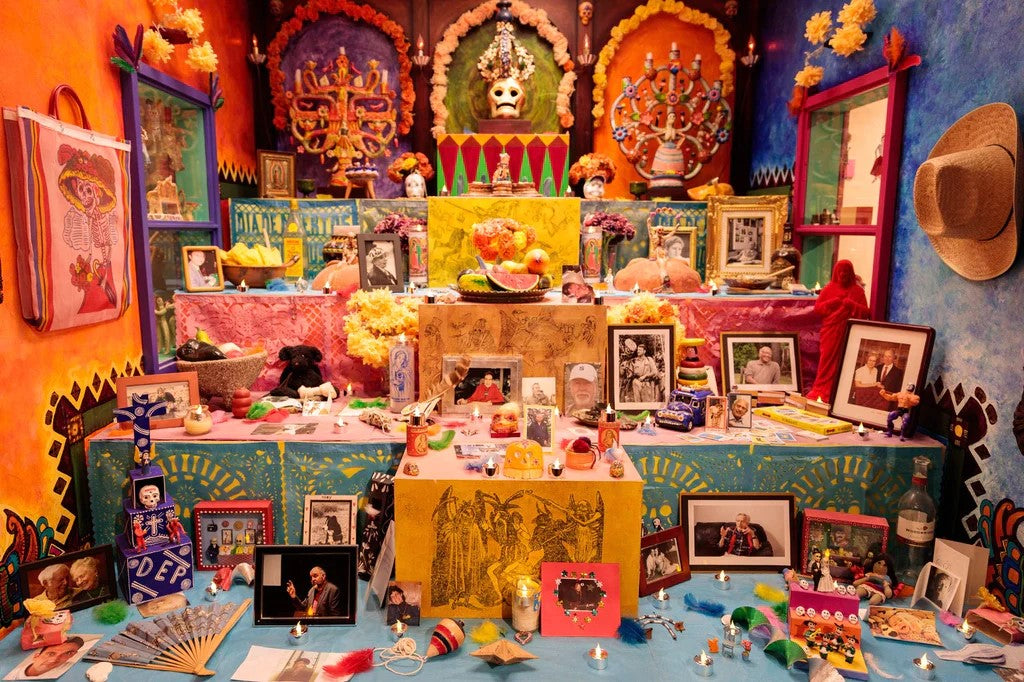
Main Elements of the Altar ~ Ofrenda
Image: A photograph or some visual representation of the evoked spirit, is usually placed at the centre of the altar.
Levels: The altars usually consist of varying levels, representative of Heaven and Earth and all of the steps in between.
Food & Drink: The evoked spirit’s favourite food and drink are set out on the altar for them to enjoy after their long journey back to the Earthly realm.
Decorations: There are various elements that are used to decorate the altars, such as cempasúchil, candles, ornaments, and papel picado.
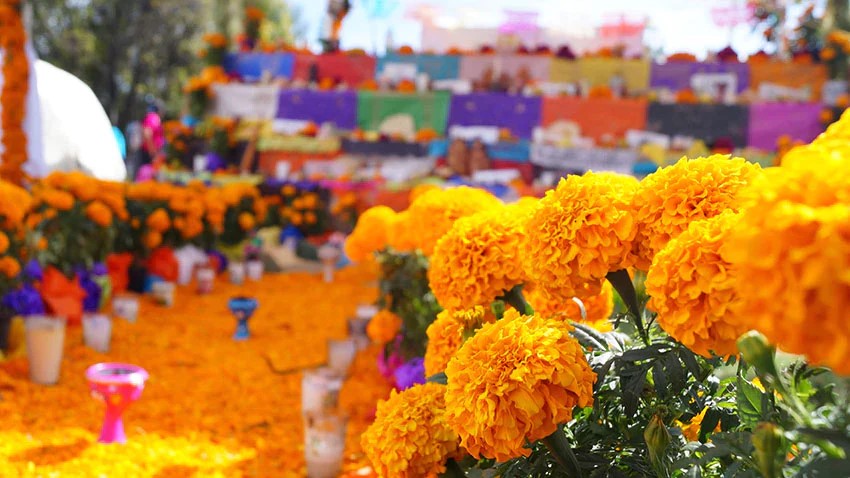
Cempasúchil - the Day of the Dead Flower
You will find an abundance of the flower commonly known in Mexico as cempasúchil, marigold in English.
Its brightly coloured petals and strong scent are believed to aid the souls of the dead in guiding them back to the Earthly realm.
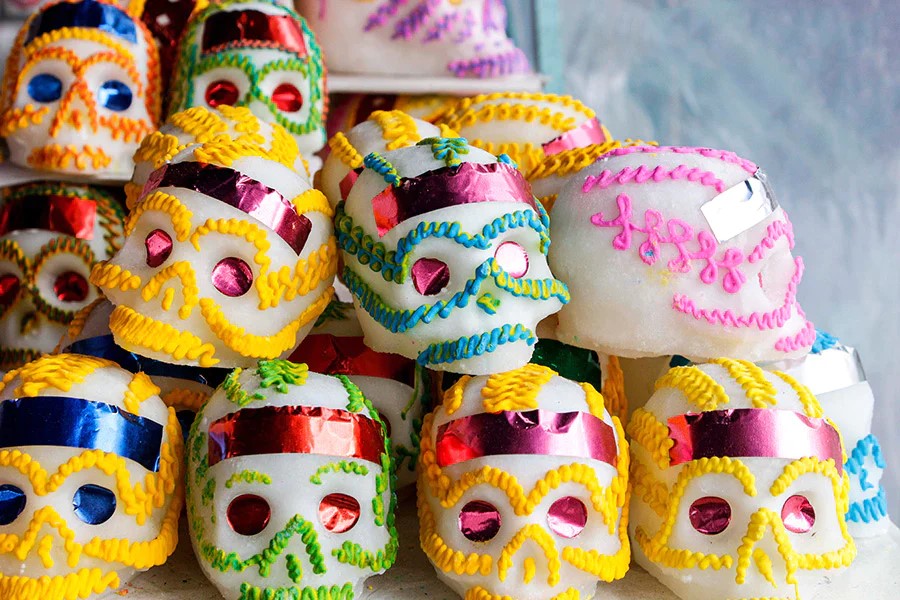
Day of the Dead Sugar Skulls
Calaveras (sugar skulls) are an icon during the Day of the Dead. In Mexico, you can find them elaborately decorated with colourful frosting and even glitter, or you can decorate them yourself. If you can't get real sugar skulls, brightly painted and intricately decorated ceramic sugar skulls are a great alternative décor for your altar or to decorate your house or Day of the Dead themed party/event.
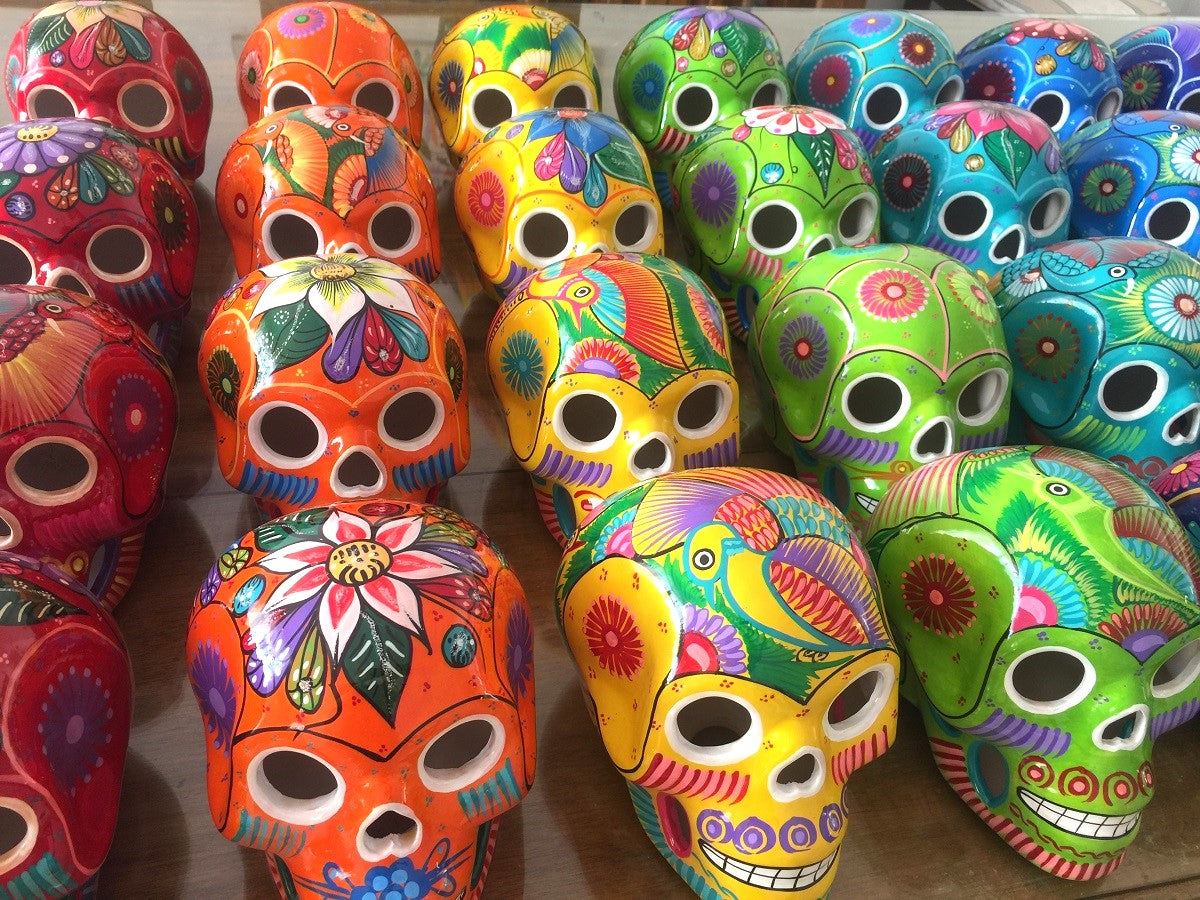
Day of the Dead Skulls
Skulls are without a doubt a symbol of this holiday, represented not just through food, but in masks, face paint, and in the Catrina, a skeleton-like character often clad in a long, opulent dress and wide-brimmed hat, meant to be a parody of the 19th century upper-class Mexican women that rejected indigenous dress for European styles. (She is shown in the "Is Day of the Dead a Sombre Event?" section above)
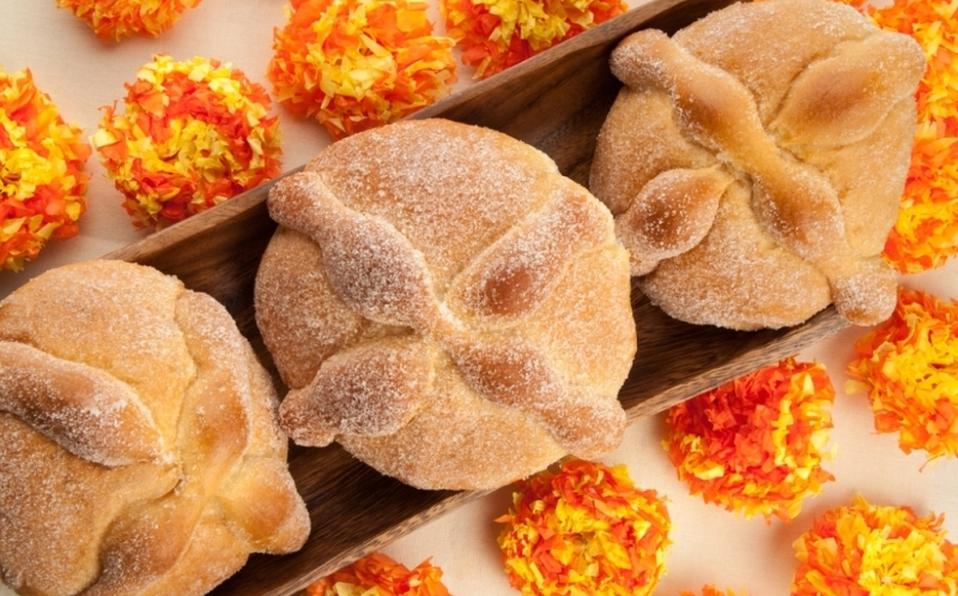
Pan de Muerto
The traditional “bread of the dead” is a sweet baked round bun, decorated with bone-shaped phalanx pieces, ubiquitous throughout Mexican panaderías or bakeries during the holiday season. Worry not, baking your own pan de muerto is a possibility if you are unlucky enough to not have a panadería nearby.
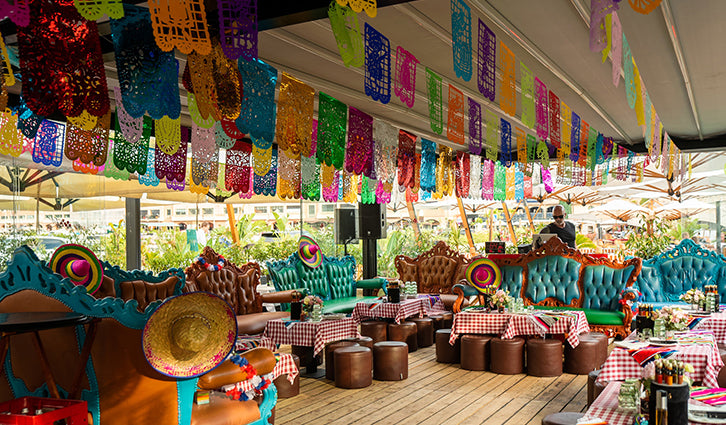
Day of the Dead Parties
As this is a holiday that’s quickly gained popularity outside of Mexican borders, many have decided to celebrate these traditions and festivities in their respective homes, and that’s great!
Though this is a holiday that shares more than just the time around which it occurs with Halloween, with its costumes and macabre imagery, it should be noted that they are two separate and very different holidays.
Though Halloween is also rooted in a mix of Pagan and Christian traditions, over the years it’s become a holiday that has lost its true meaning.
That’s not the case for Día de los Muertos. Always keep in mind when celebrating the Day of the Dead that it is a time during which people celebrate loved ones who have passed on. And yes, it is indeed a celebration!
Outside Mexico, Day of the Dead Parties are usually held on the evening of the 2nd November, or often on the Saturday night closest to this date.
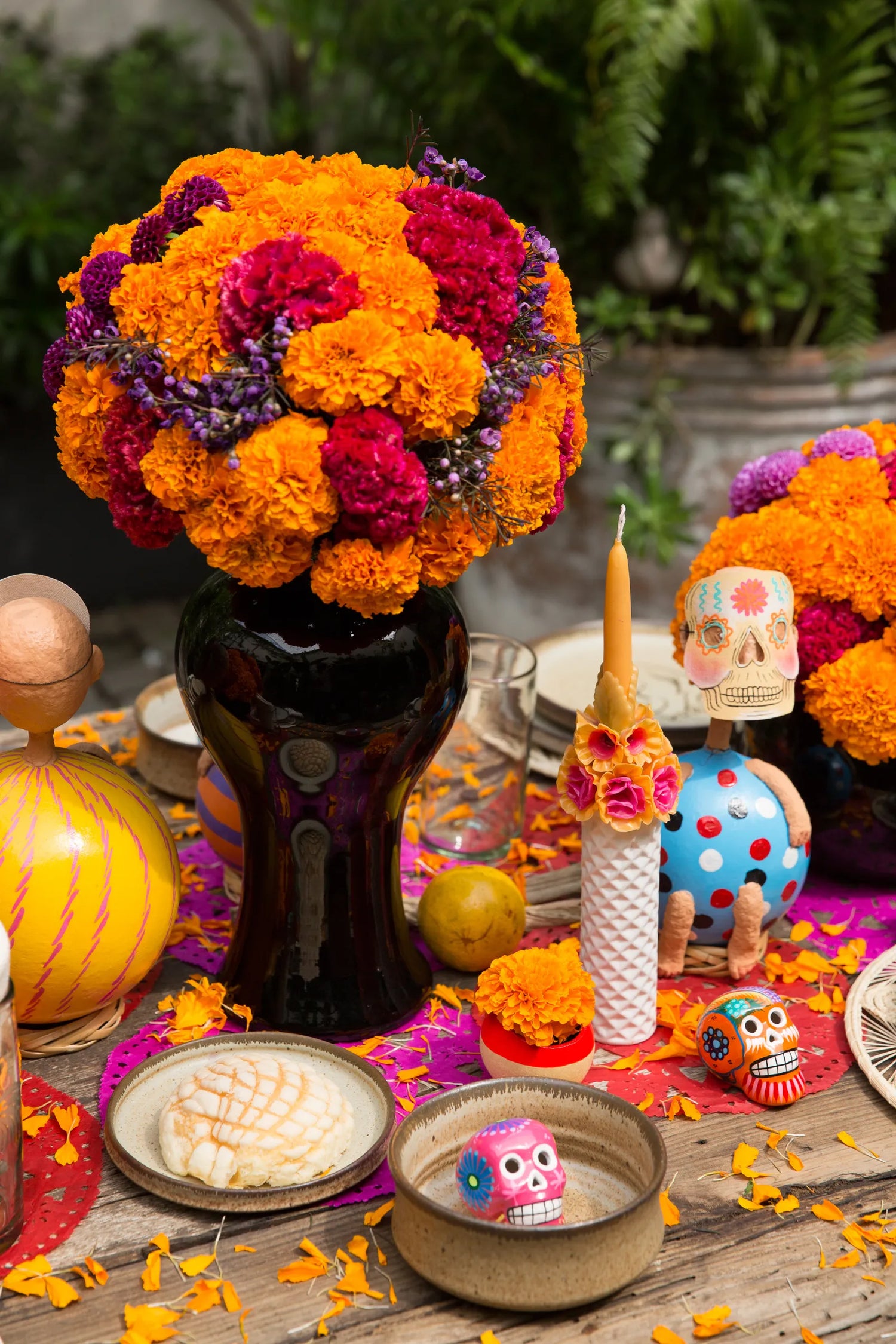
Day of the Dead Party Decorations
Below are some must-haves for your Day of the Dead party:
- Every party needs food and drink, and this one is no different. Try to offer foods traditionally tied to this holiday, such as pan de muerto and tamales. Of course, tequila and mezcal should be abundant, too.
- Set up altars for loved ones who have passed. It doesn’t have to be personal, you could set up an altar for someone famous you admire, someone your guests might want to make an ofrenda (offering) for.
- Don’t forget the essential decorations! Bright marigolds and an abundance of papel picado will make your party truly unforgettable.
- A calavera (sugar skull) personalizing stations is a great activity, allowing your guests to make an ofrenda at an altar, or to take one home as a souvenir.
- A catrina/calavera face painting station will ensure that none of your guests are left out of the festivities. It’s a perfect time to let your guests know where the skull imagery comes from, and why it’s nothing to be afraid of.
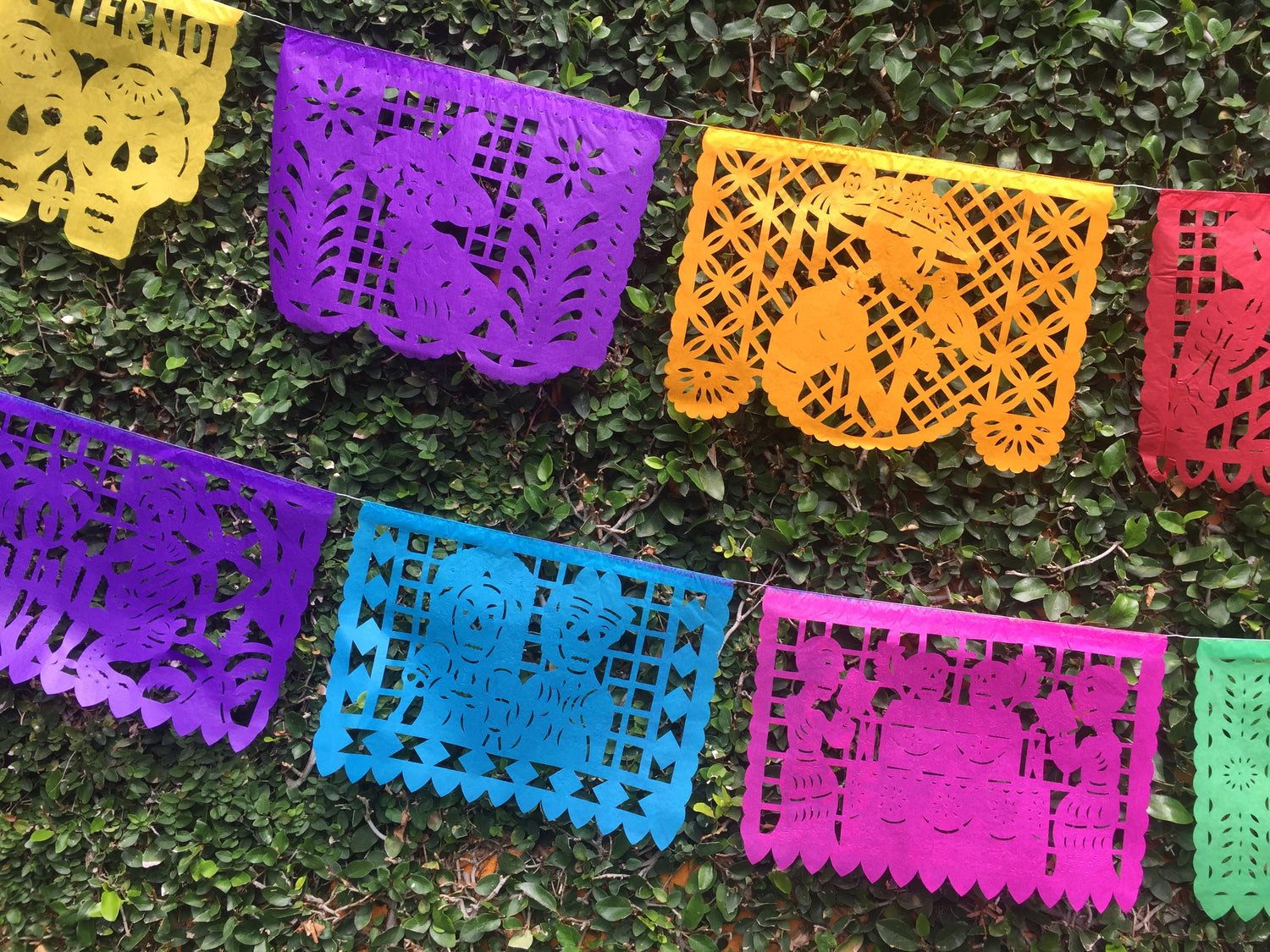
Day of the Dead Papel Picado
Papel picado, or chiseled paper, is widely used during most Mexican celebrations, especially during the Day of the Dead. For these festivities, these artfully crafted decorations usually depict skeletons, skulls and other imagery associated with the holiday.
Papel picado is offered in a variety of sizes, colours, and themes, used to decorate altars no matter their size, as well as rooms and spaces where celebrations are held.
For waterproof Day of the Dead papel picado decoration options we have; plastic Day of the Dead papel picado and metallic skull papel picado, both perfect for outdoor events.
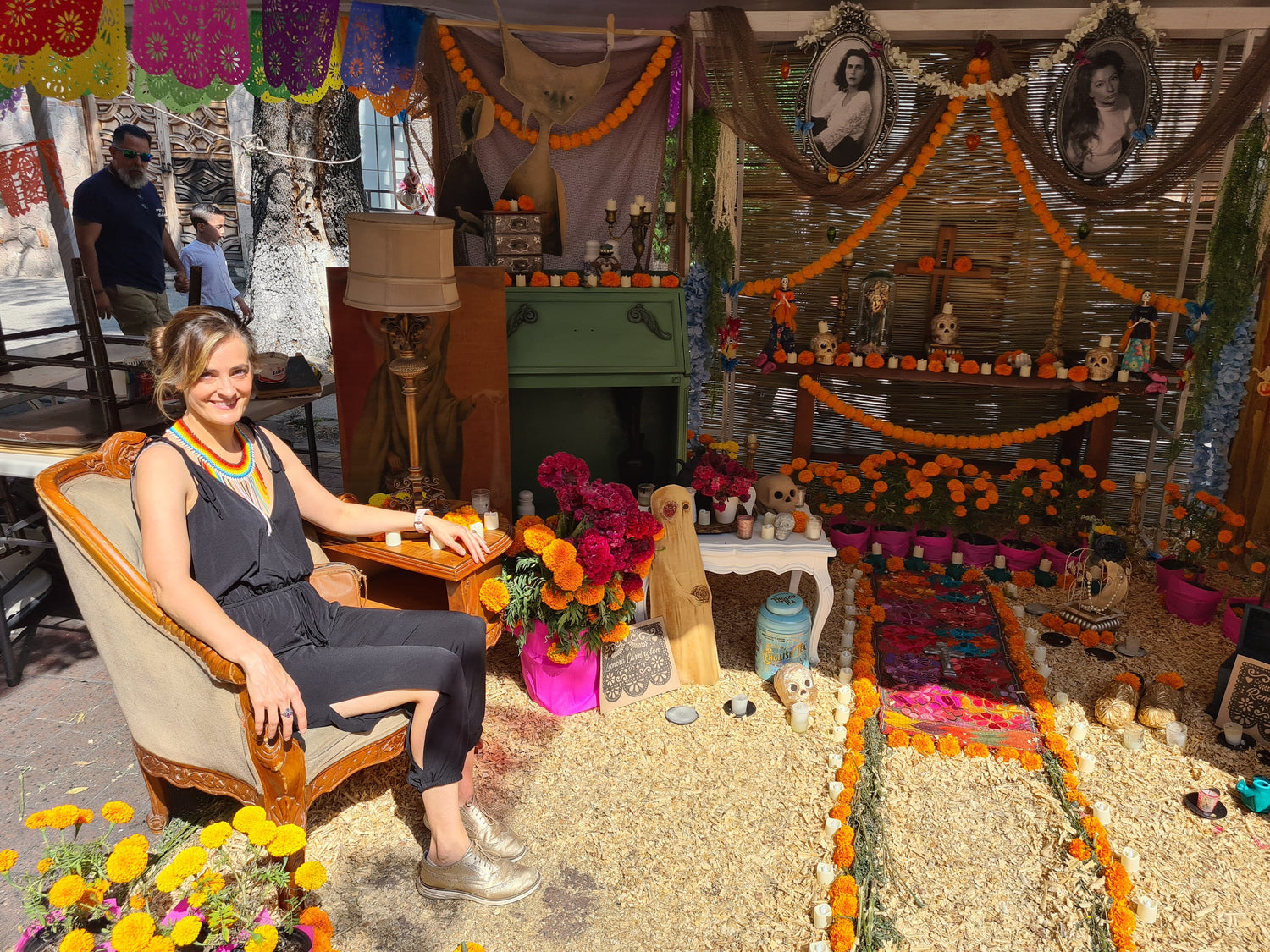
How To Celebrate Day of the Dead
I don't advise on visiting the cemeteries in Mexico during Day of the Dead, as this is a very personal celebration for the families, and personally when I did this I felt guilty for being there. There are many wonderful traditions held all over Mexico throughout the year. There is no need to visit specifically on these days.
A much better way to celebrate Day of the Dead is to carry this beautiful tradition into your own home, and make an altar or have a party to celebrate your own loved ones who have passed away.
If you need any advice regarding decorating your Day of the Dead altar, party or event, do contact me, Aprylle, via the instant chat button or via the contact us page, I will be very happy to advise you.